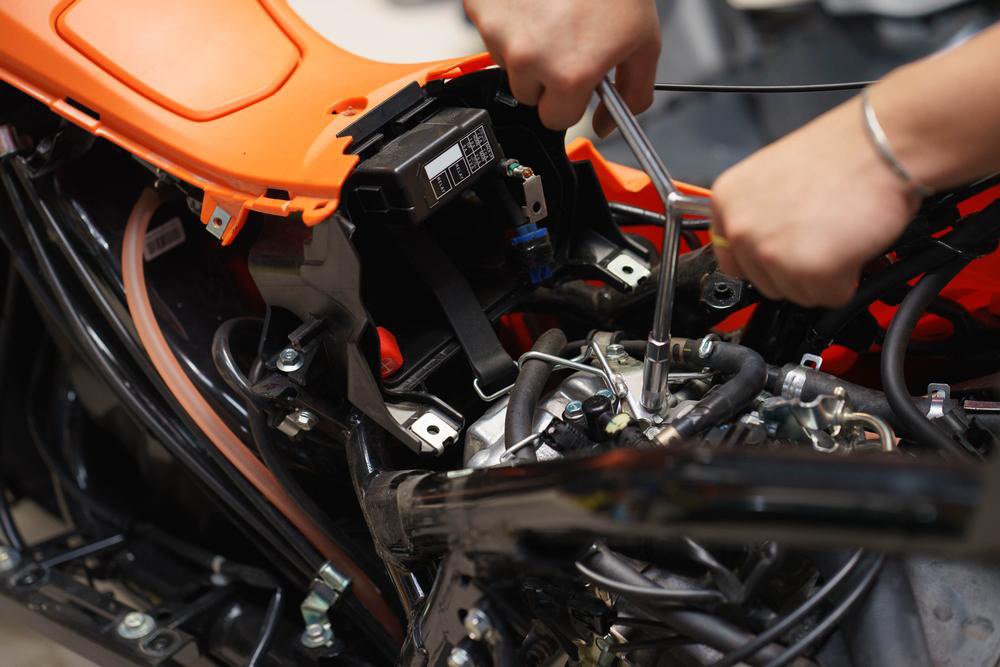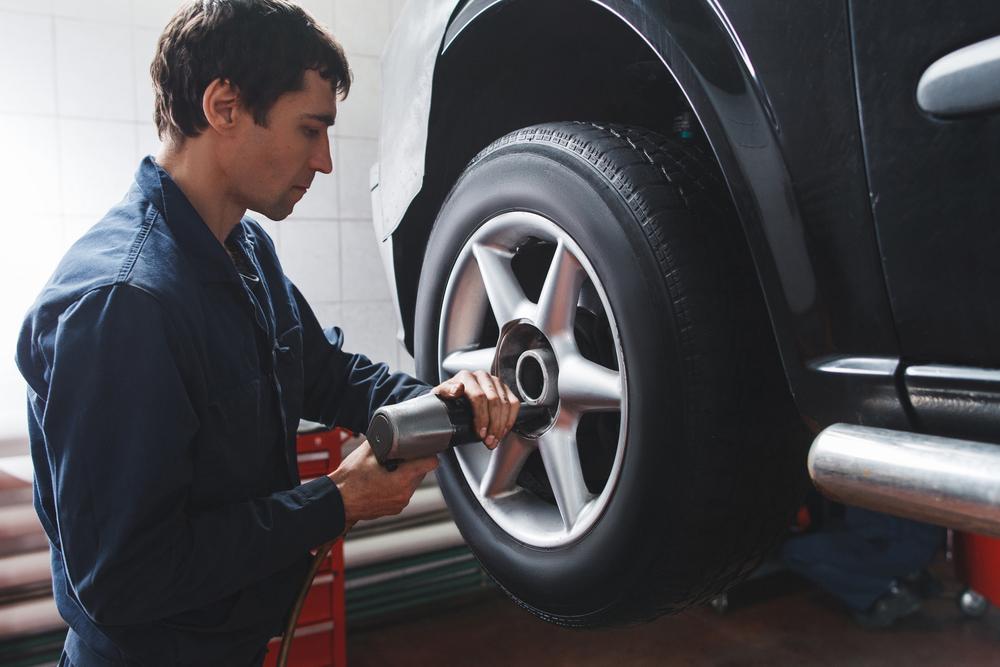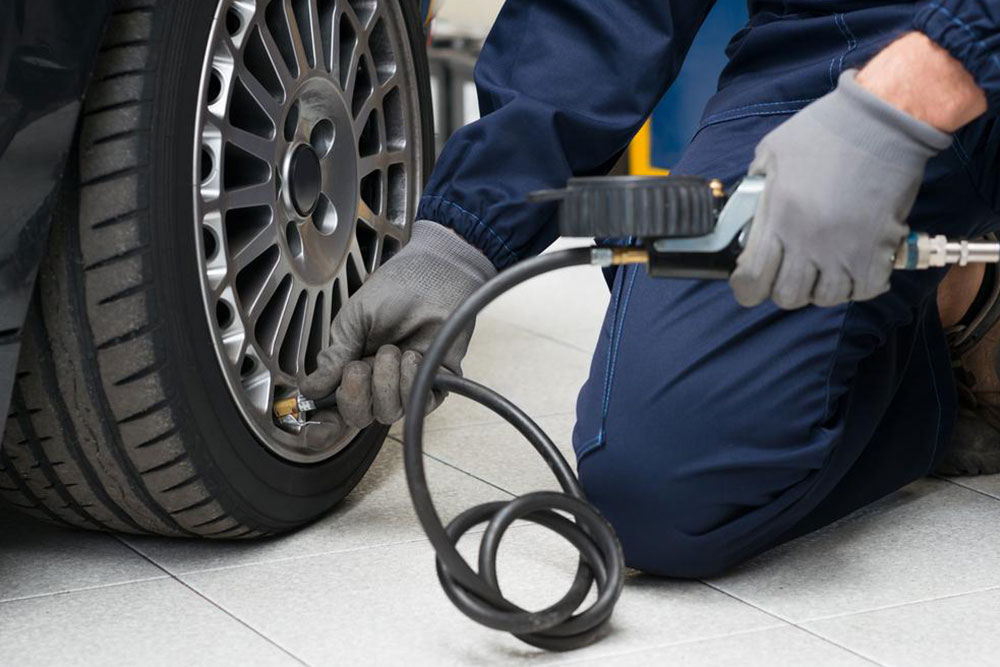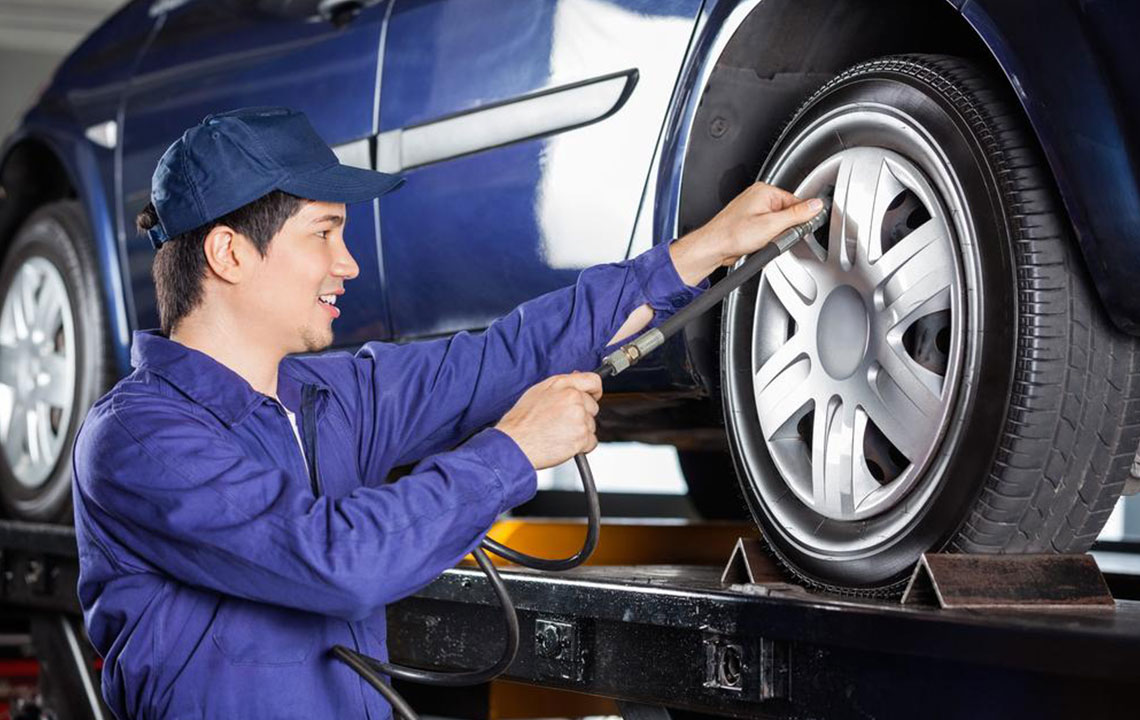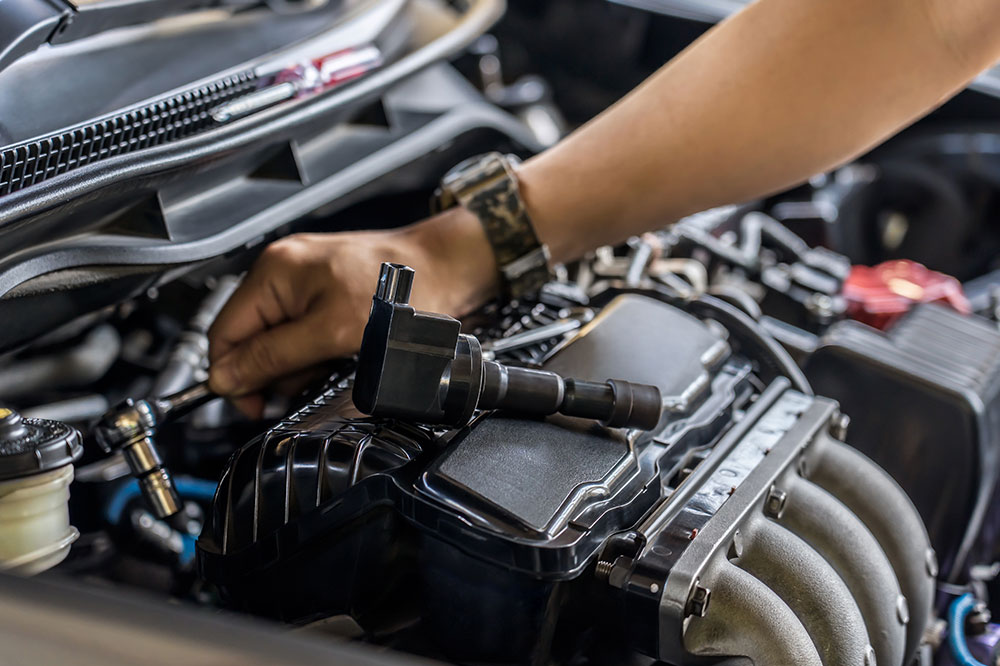Comprehensive ATV Maintenance Guide: Vital Tips to Avoid Common Mistakes
This comprehensive ATV maintenance guide offers essential tips to prevent common issues. Learn how to properly clean your ATV, check and replace fluids and filters, use fuel stabilizer during storage, and inspect tires and bolts before each ride. Proper maintenance extends your ATV's lifespan, enhances safety, and ensures optimal performance on all terrains. Whether you're a beginner or an experienced rider, these detailed steps help you keep your ATV in top condition for years of off-road adventures. Regular care not only improves ride quality but also reduces repair costs, making sure your machine remains reliable and ready for any challenge.
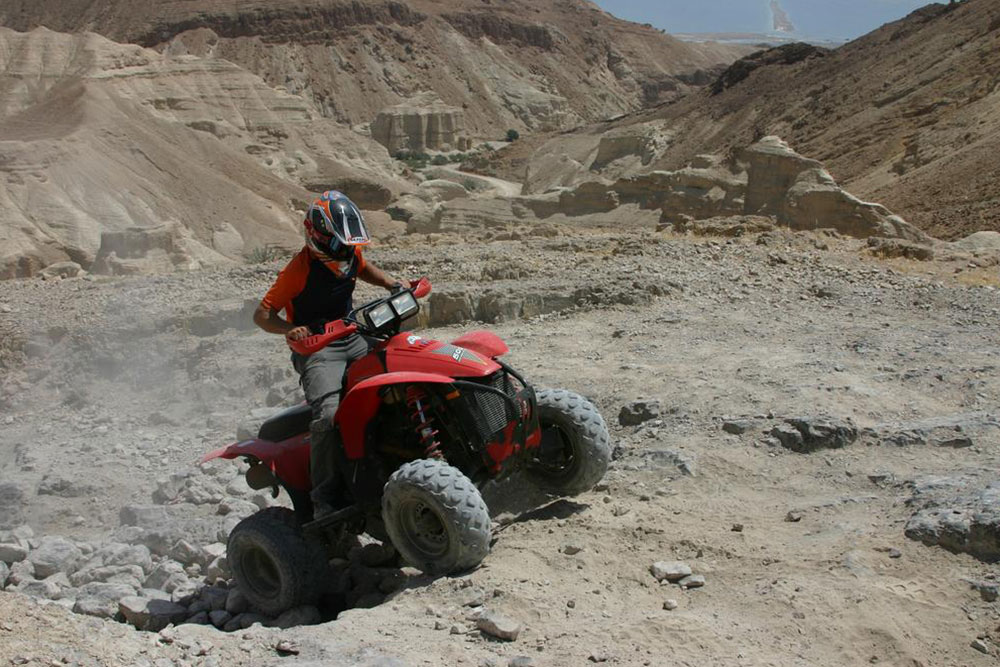
Comprehensive ATV Maintenance Guide: Vital Tips to Avoid Common Mistakes
Owning an all-terrain vehicle (ATV) offers unparalleled excitement and adventure, but to maximize its performance and lifespan, effective maintenance practices are essential. Many ATV owners overlook routine upkeep, inadvertently risking costly repairs and reduced durability, despite the rugged build of these machines. The challenging off-road environments—laden with dirt, mud, and unpredictable terrain—make it even more important to adhere to proper maintenance protocols. This detailed guide discusses practical tips for ATV care, including post-ride cleaning, fluid and filter checks, fuel stabilization during storage, and pre-ride inspections of tires and bolts—all critical measures to ensure your ATV remains reliable and performs optimally over many years.
Thorough Cleaning After Off-Road Rides
One of the most important maintenance tasks for ATV owners is cleaning the vehicle after each off-road adventure. Trails and muddy paths present a relentless challenge, exposing the ATV to dirt, mud, and debris that can accumulate in hard-to-reach areas. Neglecting cleaning can lead to dirt buildup in vital components such as air filters, cooling fins, and CV joints, impairing their functionality and accelerating wear. Use a high-pressure water spray to reach into crevices, ensuring that mud and grime are thoroughly rinsed off from beneath the frame, suspension components, and wheels. After washing, always dry the ATV completely with a clean cloth or compressed air to prevent rust and corrosion, especially in areas prone to moisture accumulation. Regular cleaning not only preserves the appearance but also helps maintain optimal performance and prevents premature component failure.
Monitoring and Replacing Fluids and Air Filters
Regularly inspecting fluids is vital for keeping your ATV running smoothly. Before each ride, check the engine oil, brake fluid, and coolant levels, topping them off or replacing as necessary. Contaminants from dirt and mud can infiltrate the filter systems, clogging oil filters and air filters, which impairs engine efficiency and increases wear and tear. Weekly inspection and cleaning of filters are recommended—if the filters show signs of dirt accumulation or damage, replace them promptly to ensure proper airflow and lubrication. Fresh fluids help reduce engine strain, improve fuel efficiency, and extend the lifespan of critical parts. Always use manufacturer-recommended oils and filters to guarantee compatibility and optimal performance.
Fuel Stabilization During Extended Storage
Proper fuel management is crucial, especially when storing your ATV for an extended period. Gasoline can deteriorate over time, forming varnish and deposits that clog fuel lines and carburetors, potentially causing starting issues or engine damage. If you plan to store your ATV for more than two weeks, adding a quality fuel stabilizer to the tank is highly recommended. Fill the tank to capacity before adding the stabilizer, then run the engine briefly to circulate the additive through the fuel system. Alternatively, completely draining the fuel tank is an effective method to prevent stale fuel buildup. During storage, keep the vehicle in a dry, sheltered location away from extreme temperatures to avoid degradation of seals and rubber parts. Proper fuel management ensures reliable startup and prevents costly repairs caused by old fuel.
Pre-Ride Inspection of Tires, Bolts, and Suspension Components
Before each ride, a thorough inspection of your ATV’s tires, bolts, and suspension parts can make a significant difference in safety and vehicle longevity. Rough terrains often cause tire pressure drops due to leaks or uneven terrain, which can compromise traction and handling. Use a pressure gauge to ensure tires are inflated to the recommended PSI—correct pressure enhances stability and reduces tire wear. Additionally, check all bolts, nuts, and fasteners for tightness, as vibrations during off-road riding can cause them to loosen. Inspect suspension components for any signs of damage or wear, and ensure that the steering system operates smoothly without excessive play. Addressing these checks before riding minimizes the risk of accidents, mechanical failures, and costly repairs, ensuring each adventure remains safe and enjoyable.
